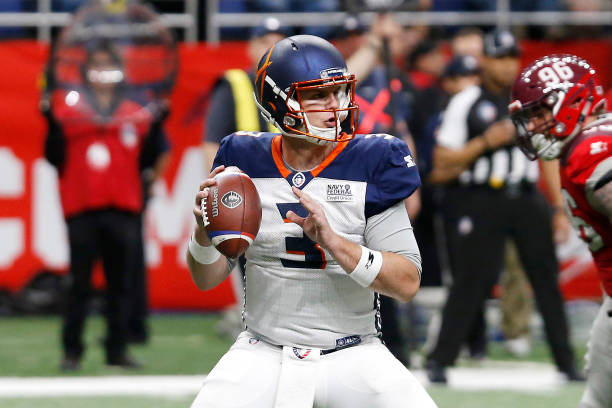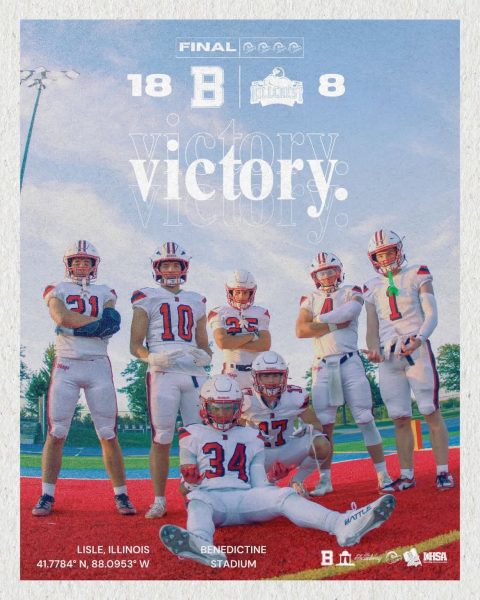The AAF: what you need to know about the new football league
For 100 years, the NFL has been the largest football league in the world. As competitor leagues like the AFL and the USFL have come and gone, the NFL has stayed as the premier association. Their having such a monopoly on professional football has helped them become the most-watched sport in the United States, but a lack of another high-profile league has seen thousands of players fall out of football entirely. With no other option to make enough money to support themselves and their families, many players end up having to retire and take on a new career.
However, those players now have a reliable backup plan in the Alliance of American Football. Founded on March 20, 2018, the new football league was co-founded by filmmaker Charlie Ebersol and Pro Football Hall of Fame executive Bill Polian. Ebersol was inspired to start up the league after producing an ESPN 30 for 30 documentary on the XFL, another football league co-founded by his father, Dick and professional wrestling mogul Vince McMahon, which failed miserably after its first season. Ebersol surrounded himself with former NFL executives, coaches, players, and referees to ensure a smooth transition.
The AAF began its inaugural season on February 9, just six days after the Super Bowl. It has television deals in place with CBS Sports, NFL Network, and Turner Sports—which includes stations like TBS and TNT, as well as online streaming services on Bleacher Report—ensuring its product can be seen by a national audience. The league has eight teams split into two divisions, and all but two of the teams come from markets that do not have an NFL team.
At first glance, the AAF may not seem to be much different from the NFL, but the startup league has modified the rules of football to separate itself from its more established counterpart. Instead of having the option to kick extra points, every team must go for a two-point conversion after scoring a touchdown. There are no kickoffs in the AAF either, as teams start possessions at the 25-yard line upon allowing a score. To quicken the pace of the game, television timeouts are removed, and the play clock is shortened from 40 seconds to 35. A sky judge—an off-field official who reviews replays in a booth—serves as another voice to determine the outcome of challenged plays, ensuring the call made by the referees is the correct one.
The AAF serves as an alternative for football fans who yearn for action during the NFL’s offseason, but it is also a saving grace for the players. For former high NFL draft picks like Birmingham Iron running back Trent Richardson and Memphis Express quarterback Christian Hackenberg, it is an opportunity to prove they are worthy of another shot in the big leagues. For unheralded former NFL players like Orlando Apollos quarterback Garrett Gilbert and Birmingham Iron quarterback Luis Perez, it is a chance to show that they were overlooked by teams.
The new league has also served as an opportunity for media members to get experience in high-profile positions to boost their careers. Cole Thompson, previously a freelance journalist for websites like USA Today and SB Nation, claims that his position as the San Antonio Commanders’ team reporter has greatly aided his career.
“With jobs so scarce in the sports market as it is, the AAF is a great opportunity for us to hone our craft, get stronger working with players, and build our resumes to continue our careers,” Thompson told the Benet Herald.
The AAF is not a direct competitor to the NFL but rather a complement. The league is made up of gracious, yet competitive players who look to take advantage of their opportunity to get a chance in the NFL.
“While the ultimate goal is to return to NFL, [the players] know if they shine here, they’ll get a chance,” Thompson said. “They’re all having fun and that is the best part of this league. They want to be here and show they have the ability to be a star in the future.”








